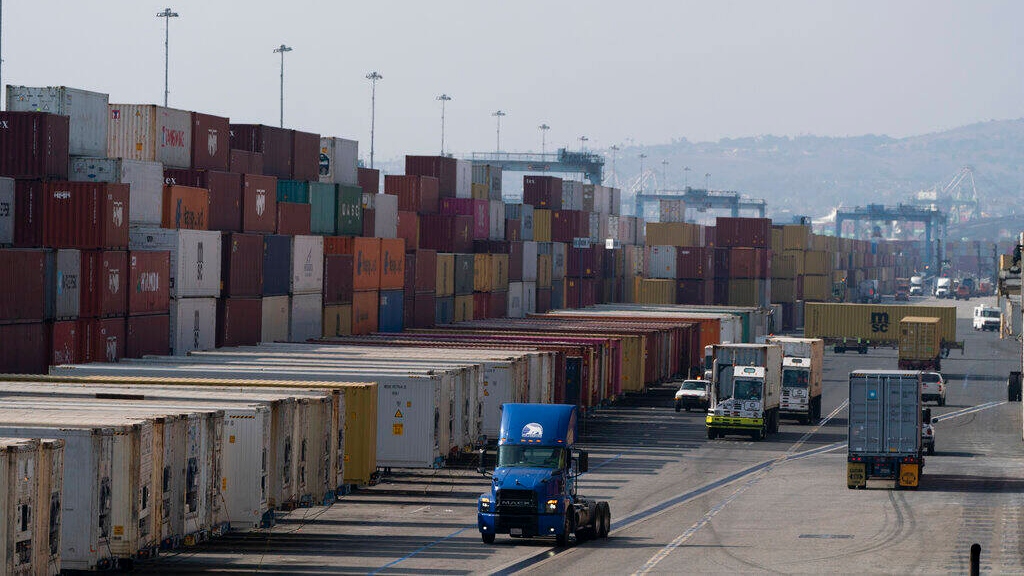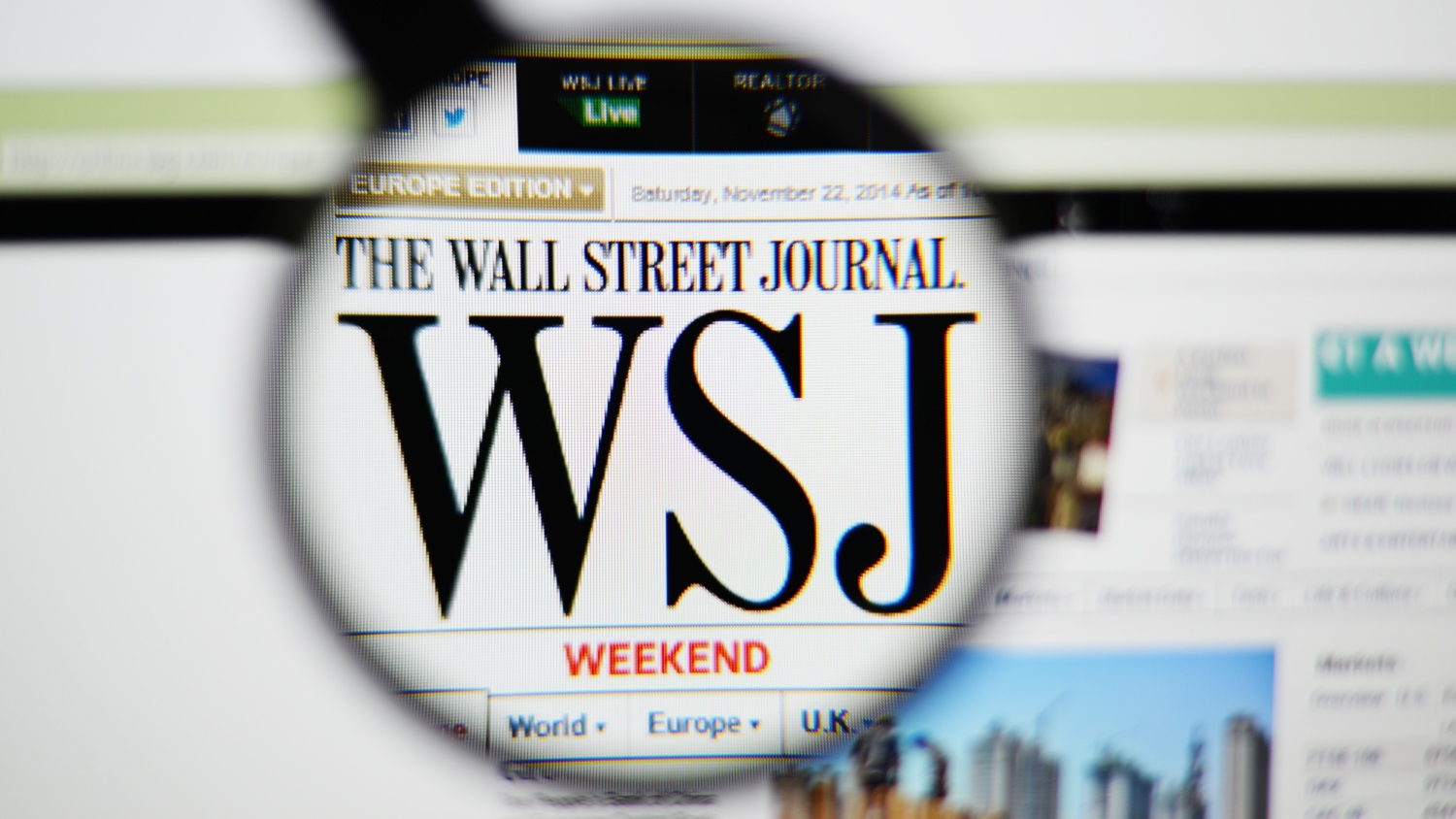Five Myths About the Supply Chain Heading Into 2022

This article was originally published by The Washington Post here.
Shelves are empty. Online orders take much longer to arrive. The media is warning of a Christmas devoid of presents. The supply chain has probably affected you firsthand in some way, the shock of expensive or absent products likely throwing your world out of whack and bringing mild panic. But there are several prominent myths circulating about the supply crunch and its causes.
Myth No. 1: Self-driving trucks would solve the driver shortage.
Autonomous trucks “would improve supply-chain efficiency by increasing the speed and reliability of deliveries and by mitigating the shortage of truck drivers, which contributes to delays at ports and throughout the supply chain,” a Barrons essay argued last month. “Driverless trucks can’t arrive soon enough,” Axios proclaimed in November.
But we’re a very long way off from automation fixing our problems. The technology simply doesn’t meet safety standards, especially in cities where roads wind and speed limits change, and pedestrians don’t always adhere to walk signs and crosswalks. Drivers must survey the landscape and react on a dime, with instinctive decisions based on broad observations. Machines aren’t there yet, as Duke engineering professor Missy Cummings, hired last month as a special adviser to the National Highway Traffic Safety Administration, told me recently.
A more realistic approach to the driver shortage is to improve the efficiency with which we deploy trucks. The lines are killer, as evidenced by the Los Angeles port, where the images of backed up trucks resemble a Black Friday frenzy outside a store with one guy working the register. Between the wait to get in the port, the line to pick up the container and a wait to leave, the ordeal can take each driver up to eight hours — which is why most trucking companies are steering clear of ports. Independent drivers are paid a fixed fee per pickup, so they lose money sitting in these lines.
Myth No. 2: Moving supply chains to the U.S. from China is easy.
A recent Associated Press story reported on manufacturers wishing they could bring their supply chains back from China to the United States. “I’m willing to make smaller margins if it means less anxiety,” one game-maker said. A February report from the think tank Heartland Forward said 70% of U.S. firms think they’ll likely reshore manufacturing in coming years.
But this would be much harder than it sounds. “Low-cost country sourcing” is when a corporation sends most of its manufacturing to places such as China, India and other countries in Southeast Asia. This has been a common practice over the past 40 years — and now we’re seeing the consequence. Once you’ve outsourced a certain part or product, it’s difficult to bring it back to the United States.


